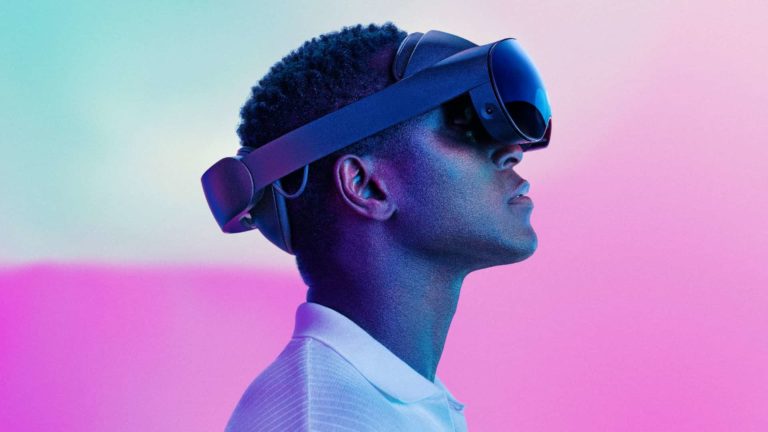
VR traction over the past few years has been slower than many had anticipated. But it’s still finding small wins and is growing at a fairly healthy pace. So the question is how well it’s landing with consumers today, and are those sentiments trending in the right direction?
So we set out for answers. Working closely with Thrive Analytics, ARtillery Intelligence authored questions to be fielded through its established survey engine to more than 98,000 U.S. adults. The result is Wave VI of the research, and a narrative report we published to unpack the results.
Known as VR Usage & Consumer Attitudes, Wave VI, it follows similar reports over the last few years. Five waves of research now bring new insights and trend data to light. And all five waves represent a collective six-digit sum of U.S. adults for robust longitudinal analysis.
Among the topics tackled: How is VR resonating with everyday consumers? How often are they using it? How satisfied are they? What types of experiences do they like most? How much are they willing to pay for it? And for those who aren’t interested in VR… why not?
Chicken & Egg
As with most products, price is an important factor in VR. But what are the specific ways that price is an influential factor in the technology’s adoption? More importantly, what price points represent triggers for consumer interest – or disinterest – in VR ownership?
This differs widely between VR users and non-users. Starting with the former, the greatest interest in VR exists at the $201-$400 price point (28 percent), and the lowest interest occurs between $800-$1000 (4 percent). This isn’t surprising given price sensitivity to new tech.
But one exception to that inverse relationship between price and demand is that $201-$400 is a more popular price point than $100-$200. Though counterintuitive, there’s a good reason for this. And like many other dynamics explored so far in this report, it has to do with Quest 2.
Specifically, $201-$400 aligns Quest 2 pricing (especially before its 2022 price increase). It has proven to be a compelling consumer VR option with a strong quality/price ratio that’s boosted its demand. This traces back to Meta’s ongoing investments to jumpstart VR adoption.
One of those investments is in lowering the price of its hardware to the point of diminishing its own margins. That makes Meta’s VR hardware a loss leader for its larger VR ambitions to establish market share. A byproduct is that consumers get a device that’s cheaper than it should be.
Non-Users
Moving on from existing VR users, what about non-users? Given their ambivalence towards VR that we examined recently, price sensitivity is not surprisingly greater than that of VR users. The most popular pricing tier among this group was by far the lowest: <$100 (63 percent).
In fact, the survey asked about this sub-$100 price point for the first time in the previous wave, and has attracted a significant response. This procedural survey shift in itself revealed a notable demand signal for non-users: they’re most likely to choose the cheapest option they’re given.
When looking towards higher price points, such as anything greater than $400, only six percent of non-users reported interest. These higher-priced non-user sentiments remain mostly flat from the previous survey wave, with a consistent takeaway that non-VR users are highly price-sensitive.
Panning back, price sensitivity joins many other factors in this survey that represent a stark difference between users and non-users. This difference continues to represent VR’s challenge in converting more non-users. They’re a larger population segment, where VR’s growth potential lies.
We’ll pause there and circle back in the next installment with more survey breakdowns and takeaways…






